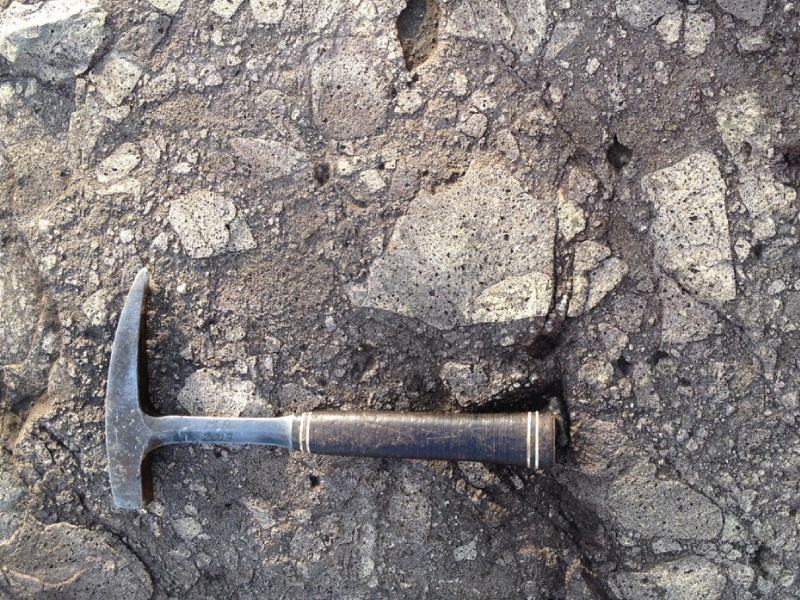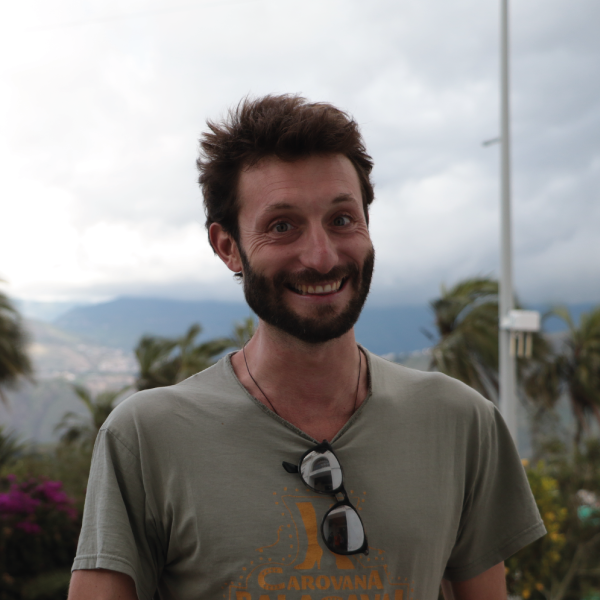Subaerial volcanic sector collapses are catastrophic events that may produce voluminous landslides, up to tens of km3, known as debris avalanches. These flows reach high velocities (up to 100 m/s), travel for several tens of kilometers, and spread over broad sectors or in several channels surrounding volcanoes. Generally, volcanic debris avalanche deposits (VDAD) can be recognized by an irregular surface, shattered and jigsaw- cracked fragmented clasts, shear structures, rip-up clasts, and a wide variability in textural features. These deposits are commonly associated with thick sequences of debris flow deposits, which extend beyond the limits of the VDAD. Many geologically recent examples of VDAD have been documented in the literature and some of them are presented here. On the other hand, detailed analysis of older mass-flow deposits and, much-less, sector collapse phenomenon remains uncommon in the literature because the deposits may not be well preserved, or not recognized. This contribution shows the superbly preserved Montesbelos mass-flow deposit, located in the São Felix do Xingu region, southern Amazonian craton (northern Brazil), which is interpreted as the oldest (>1.85 Ga) subaerial volcanic debris avalanche deposit known.
Matteo was born in Italy 36 years ago. He started to be interested in Volcanoes thanks to a Swiss volcanology that worked in Colombia that introduced him to the science in the late 1999. He loves travelling and between the bachelor and the master he travelled for 8 months backpacking all around India, southeast Asia and China and went back home from Asia to Italy by land. He did the master in Pisa on tephro-chronology at Vulcano Island, Eolian Islands, Sicily. After that he spent more then half a year growing tomatoes and olive trees before leaving Italy to Mexico where he started the Ph.D on big mass-flow deposits, transport and emplacement mechanisms, and implications with paleo-climate. He spent 4 months in New Zealand on the same topic at Taranaki volcano during the Ph.D. He did a three-year post-doc at USP (São Paulo) with a Brazilian Governmental Program studying Precambrian volcanic deposits in the Amazonian Craton, northern Brazil, trying to figure out this complex ancient volcanic environment and its implication with ore deposits. He has published his work on high impact journals. After a year travelling by motorhome from Brazil to Ecuador, he started to be part of the YachayTech team.

